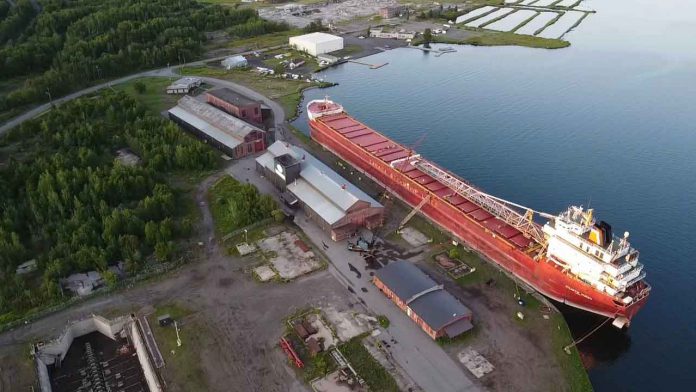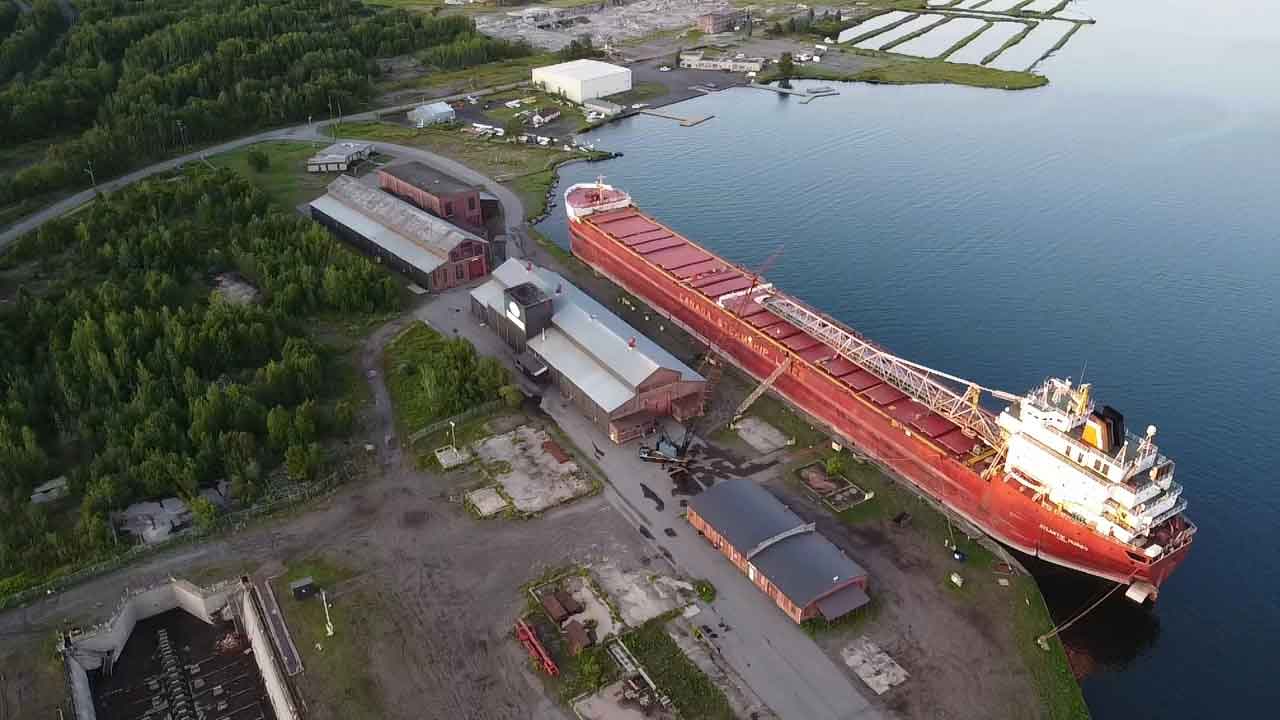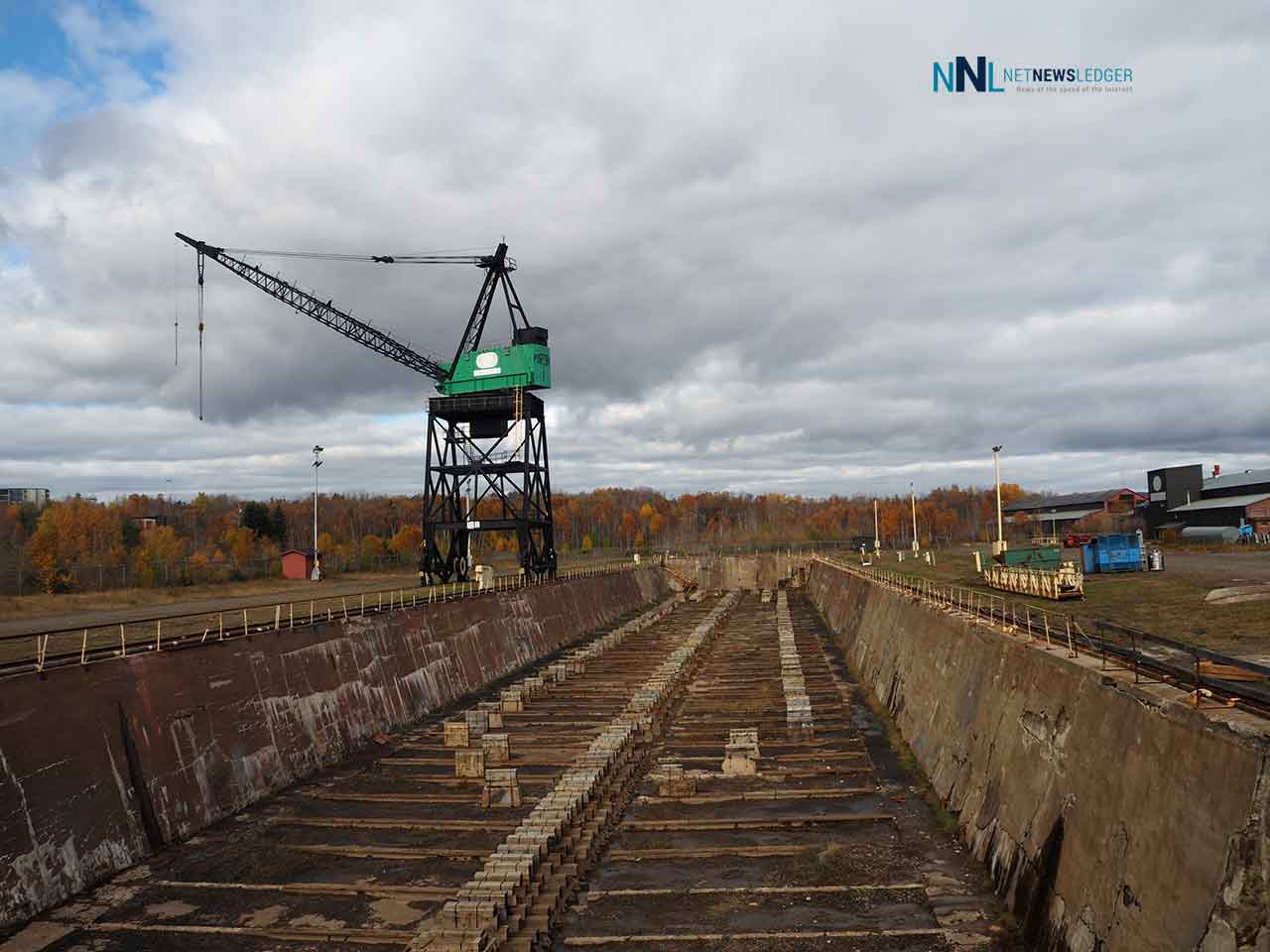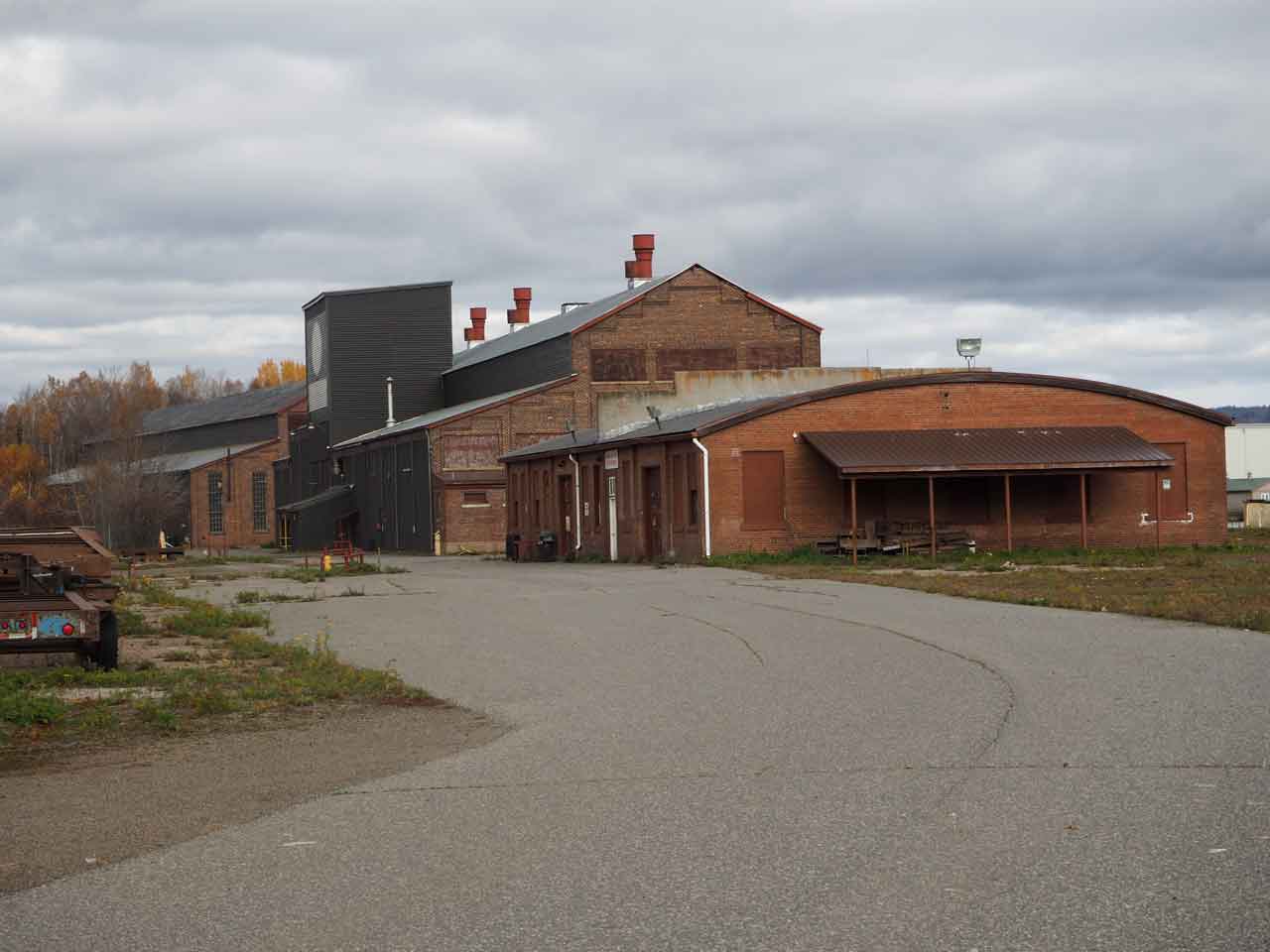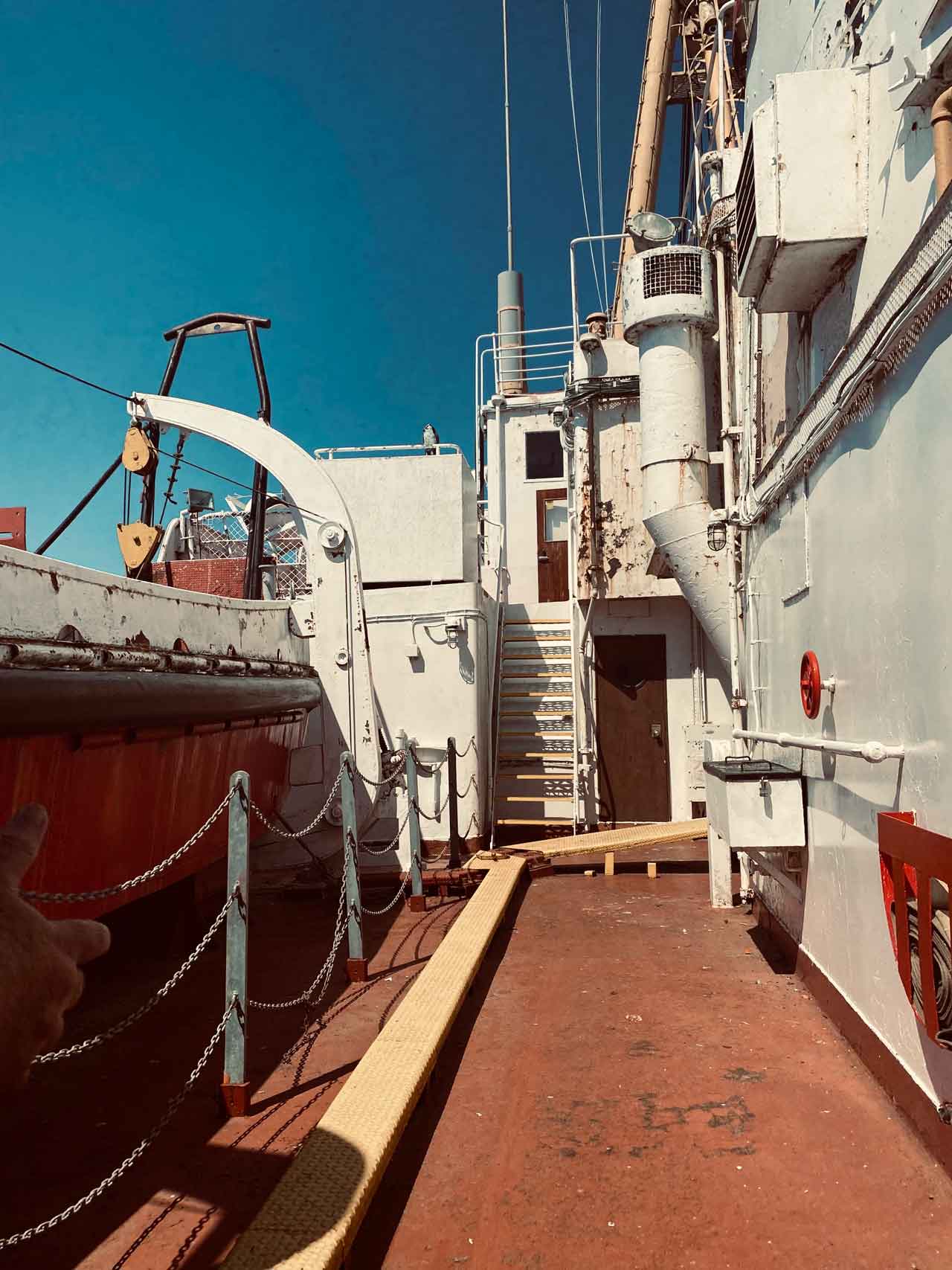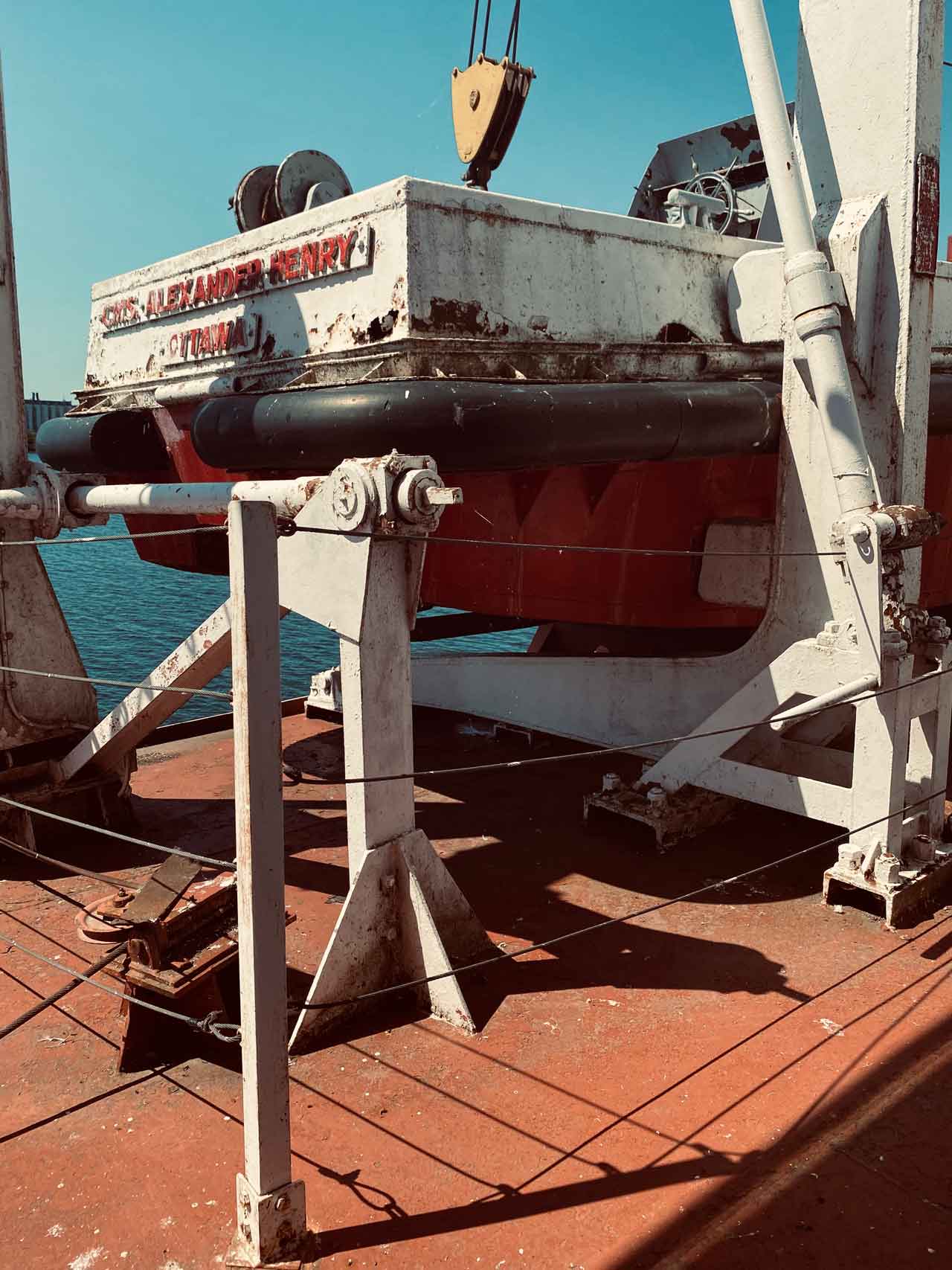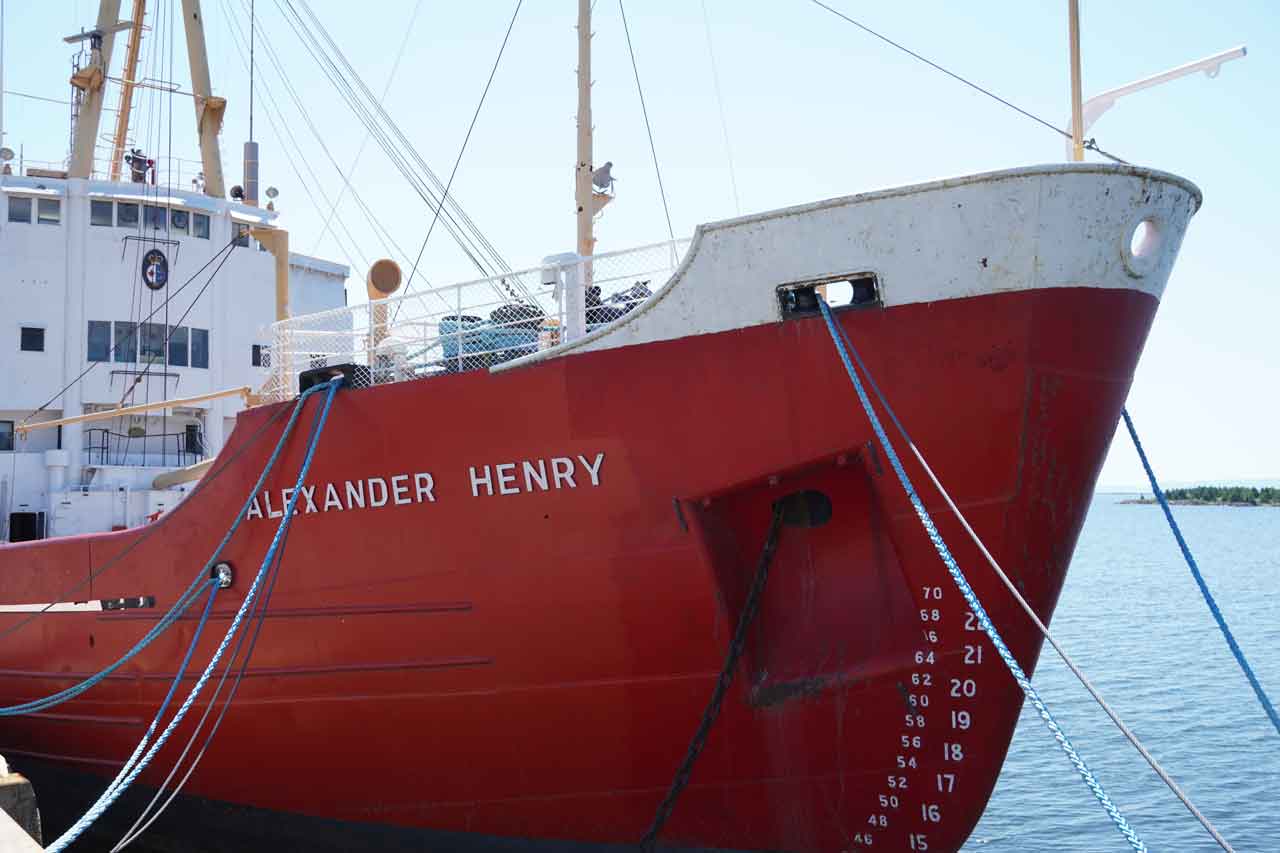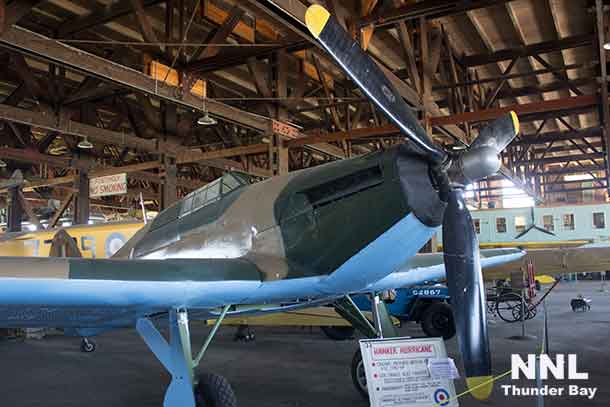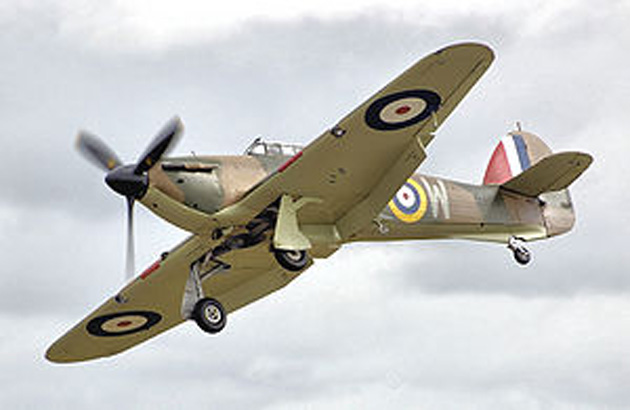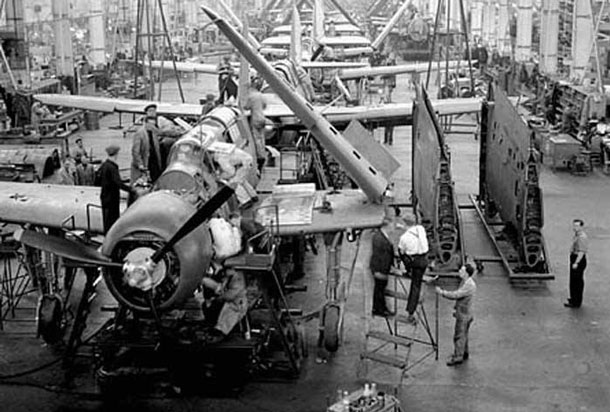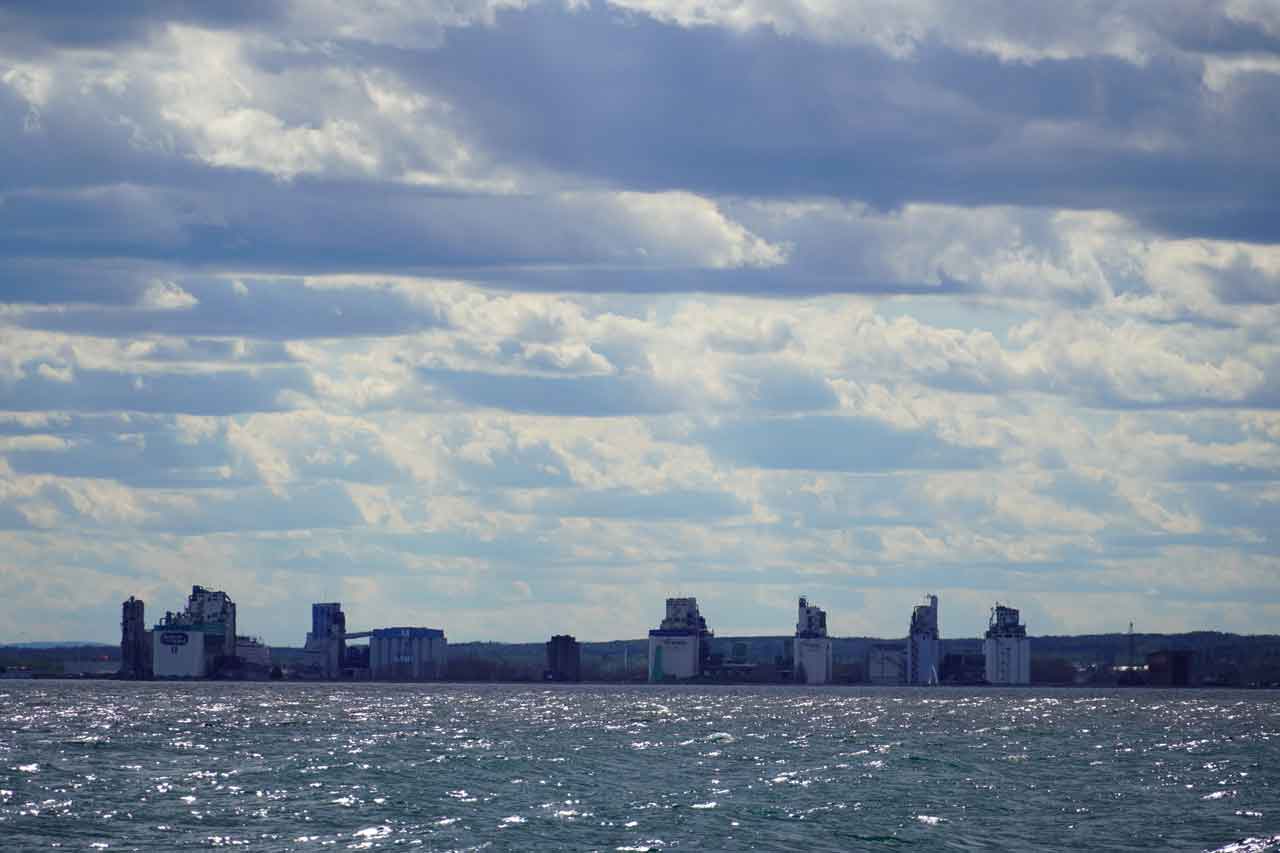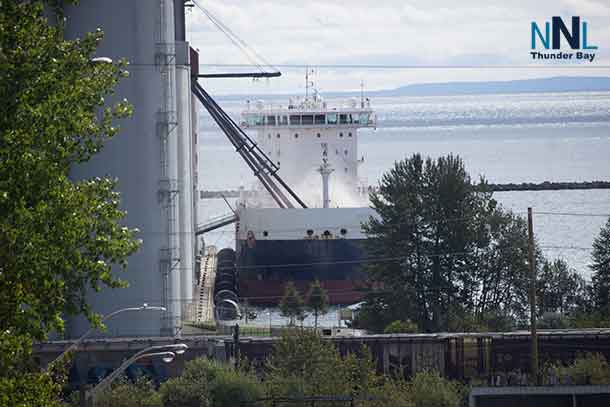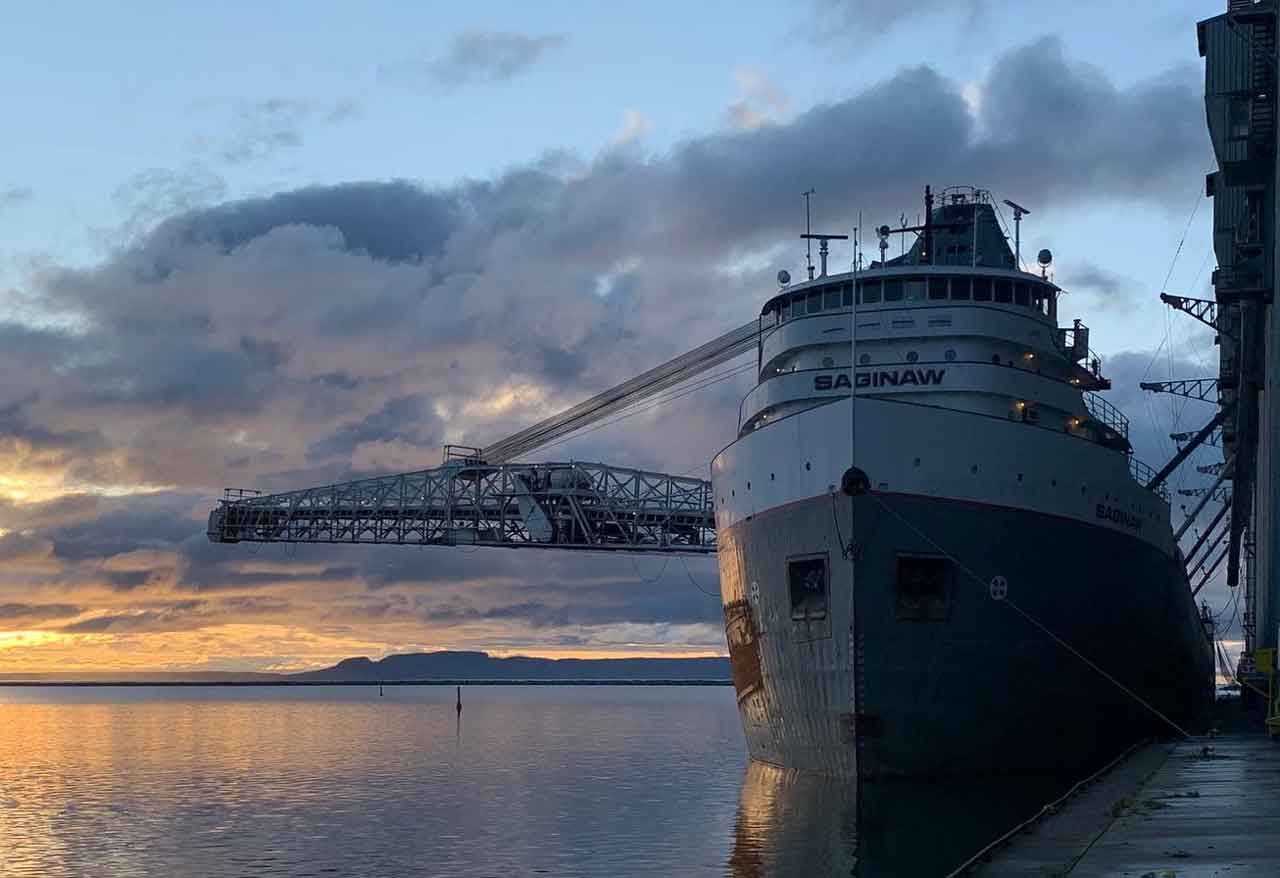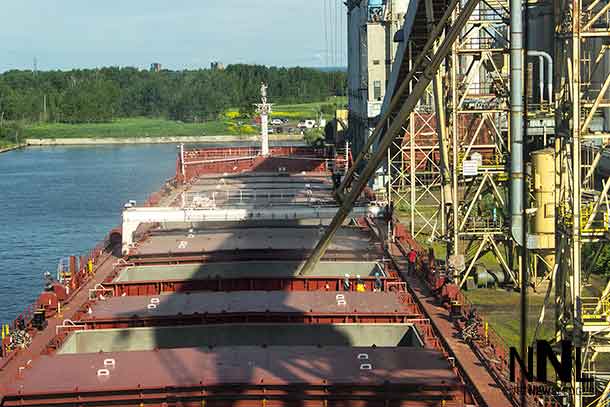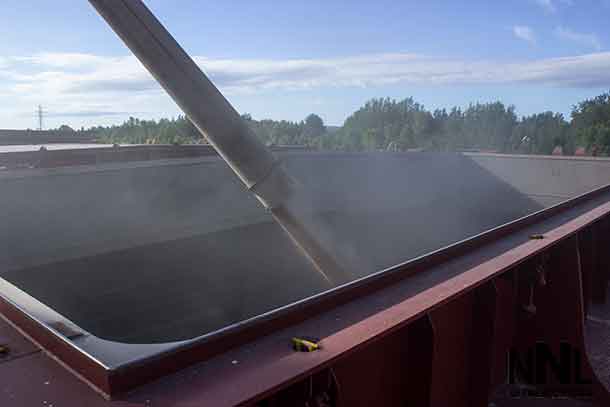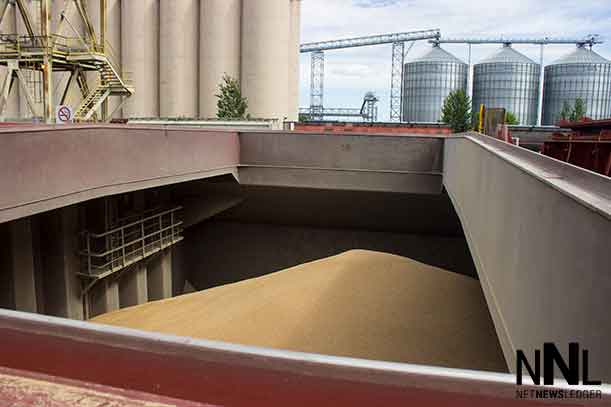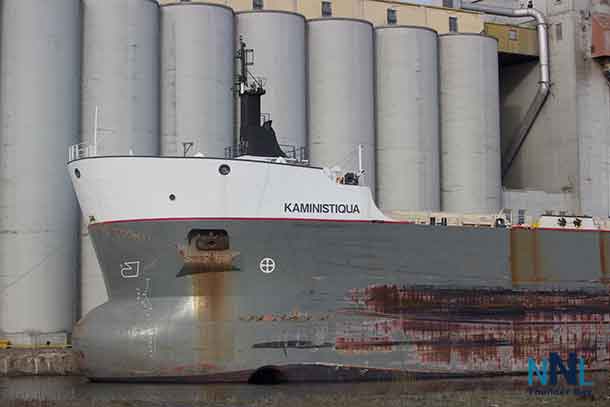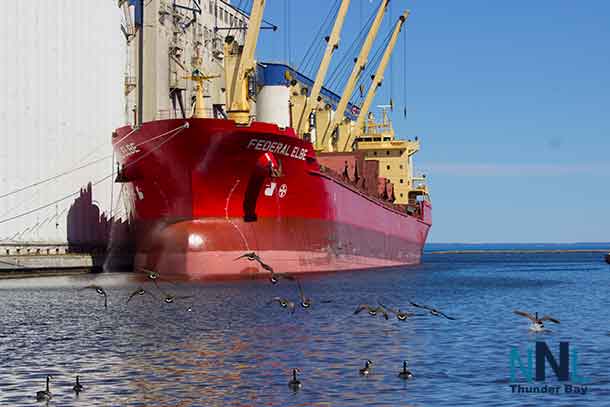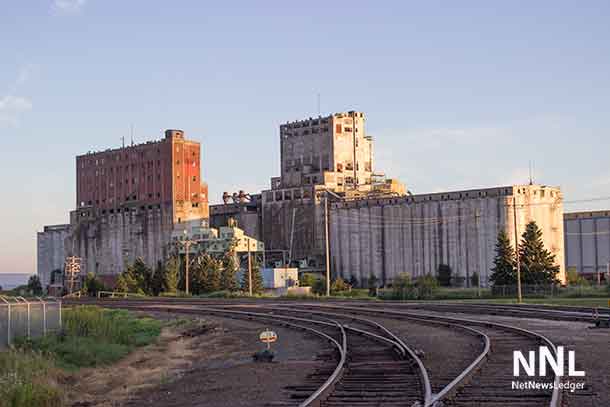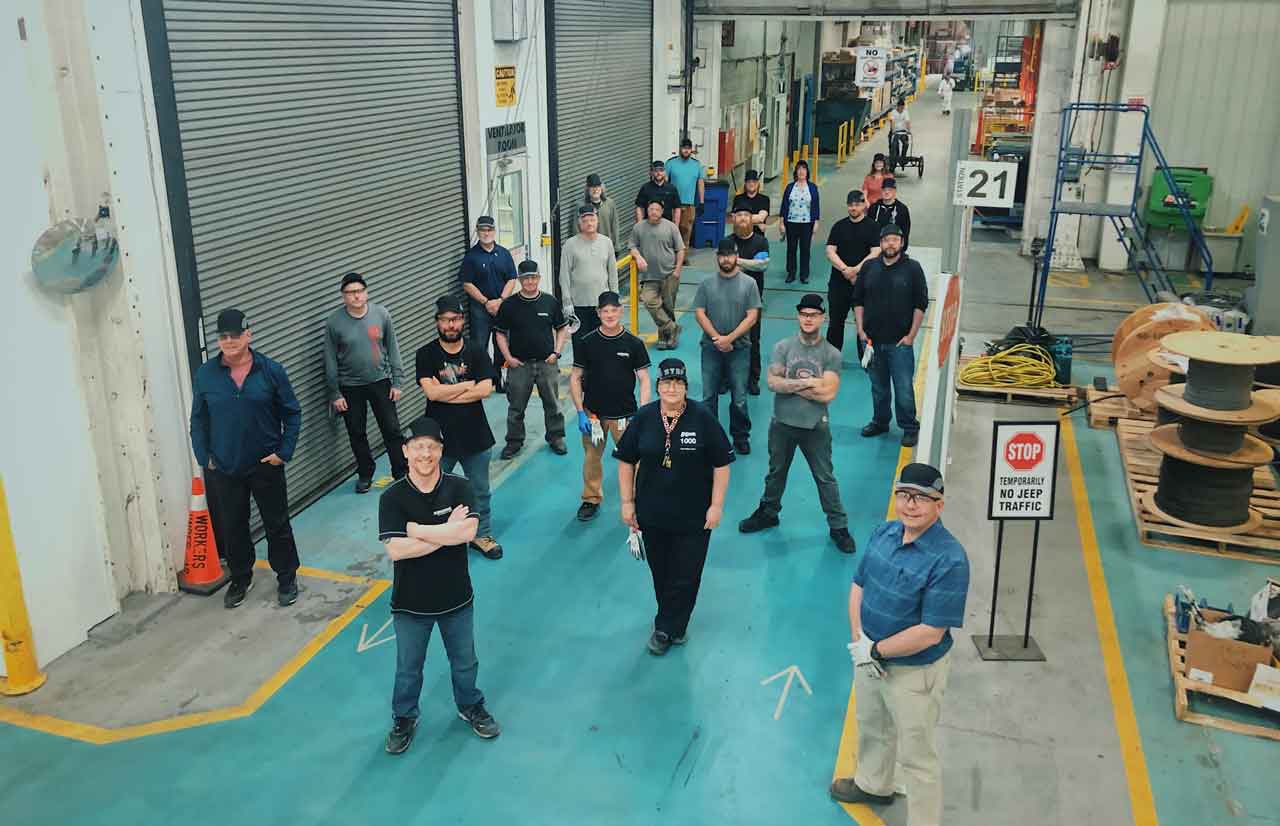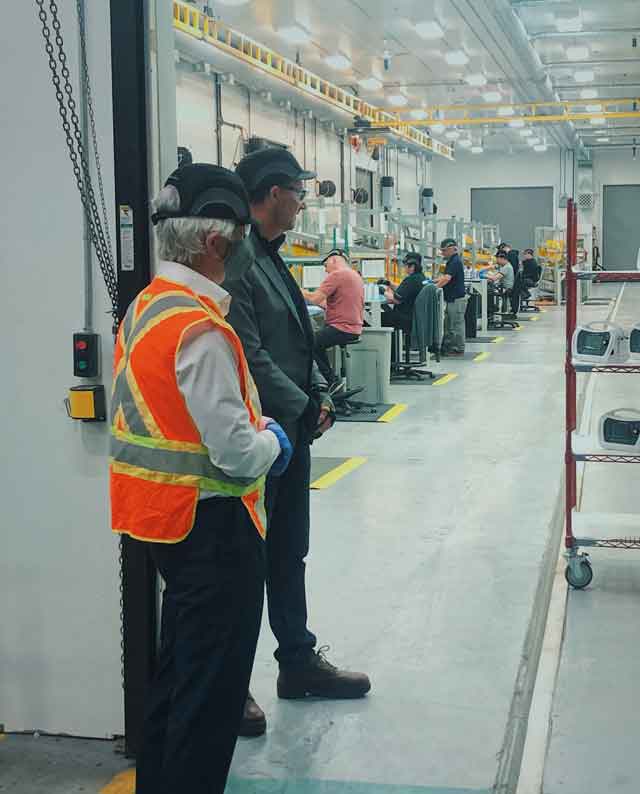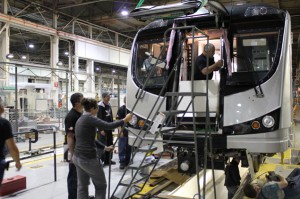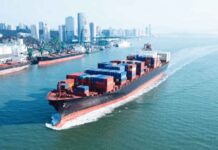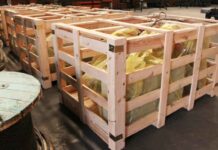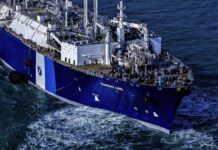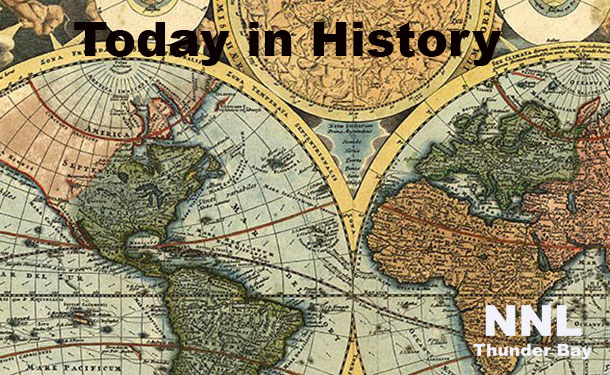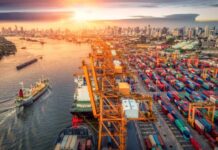THUNDER BAY – In 1803 the North West Company constructed a new fort at its Lake Superior headquarters, replacing Grande Portage, which had come under United States jurisdiction.
The fort, constructed at the mouth of the Kaministiquia River in what is now Thunder Bay was some 50 kilometres north of the international boundary.
Early shipping on Lake Superior was muscle powered with Voyageur canoes paddled to the fort to bring in supplies for the fort and to take back the bounty of furs east.
It was also as a trading post the strong start of building a business trading relationship with the Indigenous people who were here before the settlers. It is a relationship that was fractured and needs to be honestly repaired, but that will be another article.
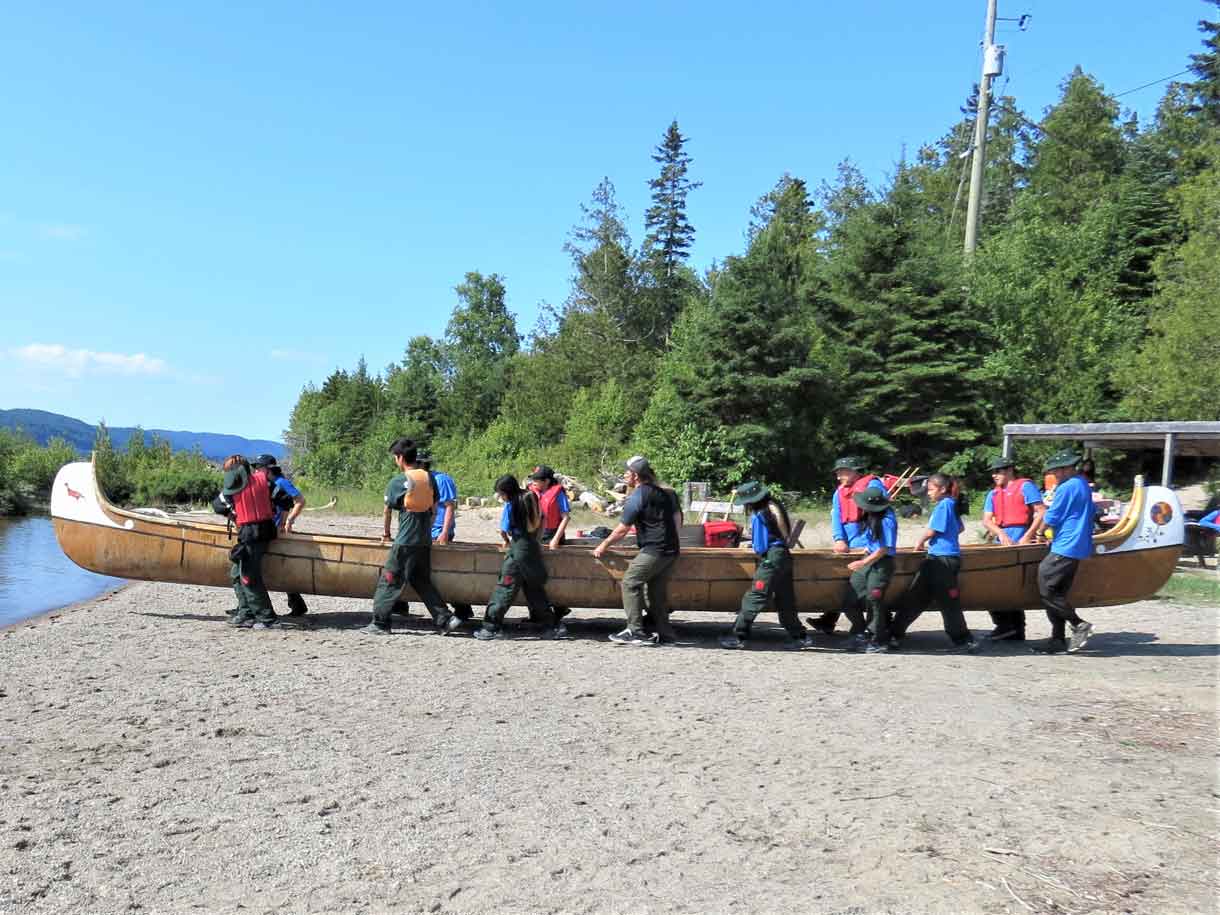
The company’s new depot served until 1821 as the site for the North West Company’s annual summer rendezvous of Montréal agents and wintering partners, and as its major trans-shipment point for furs and trade goods.
That was the start of what would become Fort William, and Port Arthur’s and now Thunder Bay’s prominence as a shipping point for goods and people.
Our city has deep roots in transportation
Those roots are not only in shipping, and transportation but have grown into manufacturing as well. International Harvester tractors were made in Thunder Bay and taken by train to farmers in the prairies.
The now vacant International Harvester building on Syndicate Avenue along the Kam River was built just before the First World War to assemble farm equipment for the then-booming Western Canadian market.
There is also a history of ship building in our city with the Heddle Shipyards now poised for a stronger return.
The Alexander Henry, now docked as a museum ship at the Transportation Museum Pier at Marina Park was built in Thunder Bay at the shipyard in 1958.
Going to Victory with Hurricanes
Manufacturing during World War Two in our community helped win the war.
The Canadian Car & Foundry was designated a national historic site of Canada in 2008.
The facility was the main plant of Canada’s largest aircraft manufacturer during the Second World War.
Thousands of men and women expertly constructed 1,451 Hawker Hurricanes for the British Royal Air Force, and the Royal Canadian Air Force, and 835 Curtiss Helldivers for the American Navy, thereby expanding the Allied forces’ air strength.
A full ten per cent of the world’s production of the reliable and long-serving Hurricane, an aircraft that played a pivotal role in winning the Battle of Britain, were built at this plant right here in our city.
There is more history here, this aircraft production facility was representative of the wartime contributions made by thousands of women, some newly arrived from other regions of Canada, who quickly and effectively demonstrated that women could do non-traditional jobs such as riveting, welding, precision drilling and much more, guided in part by the technical leadership of pioneer aeronautical engineer Elsie MacGill.
“Can Car” spoke eloquently to a watershed period in which thousands of women gained new skills, confidence and workplace alliances that would carry them into a changing postwar workplace and society, bringing issues of equality in pay and conditions to the attention of industry, government and unions.
The Hawker Hurricanes built at what is today, the Alstom plant were critical to helping defeat Nazi Germany.
Feeding a Hungry World
Today, the bounty of grains grown across the Canadian prairies are shipped from Thunder Bay to the world.
What isn’t as well known by many is that back in the days before Thunder Bay… the twin cities of Fort William and Port Arthur were very competitive. While the grain elevators built in Fort William were for the most part part of the transportation hub along the Kaministiqua River, the elevators along the then Port Arthur Waterfront were built by Clarence D. Howe.
Howe also was a part of inventing innovation in the transhipping of grain from the prairies. C. D. Howe’s designed and build grain elevators were built more quickly, were better designed, and were cheaper to construct than those of his competitors. Howe also worked to add to their efficiency; the Dominion-Howe unloader he helped design emptied a grain car in eight minutes, needing only two operators; the same operation had previously taken an hour for a crew of 20 men.
When the depression hit, Howe shifted gears too. He entered federal politics, and became the Liberal MP for Port Arthur and was appointed to cabinet by Prime Minister King.
Today the Port of Thunder Bay remains a key economic driver in our city.
Today, the Port of Thunder Bay boasts the greatest grain storage capacity in Canada with eight grain elevators, three Dry Bulk terminals, two liquid bulk terminals, one general project cargo terminal, and one shipyard with dry dock capacity.
Rail in our city has a full and rich history too.
Building generations of street cars for the Toronto Transit Commission is part of our history.
One of the keys for really appreciating our community is respecting and learning our history. Who has not heard the expression “Those who forget their history are doomed to repeat it”?
For Thunder Bay what is needed perhaps is a realization that with our rich history, it is or should be pointing us to our future.
There are new contracts coming to Heddle Shipyards. The Port of Thunder Bay is working to evolve into a more diverse operation.
We are witnessing the re-birth of cruise ships on the Great Lakes.
Alstom in Europe is leading the way building hydrogen powered locomotives. This is an industry of the future. Thunder Bay should be through the Ontario and federal governments working to make our city the hub of hydrogen manufacturing and converting diesel locomotives to hydrogen power in Canada and North America.
If as a community we gain the knowledge and respect for our history, headed to this fall’s civic election perhaps making sure our community seeks out candidates who are our brightest and best will help make our future a proud and exciting history too.
James Murray

